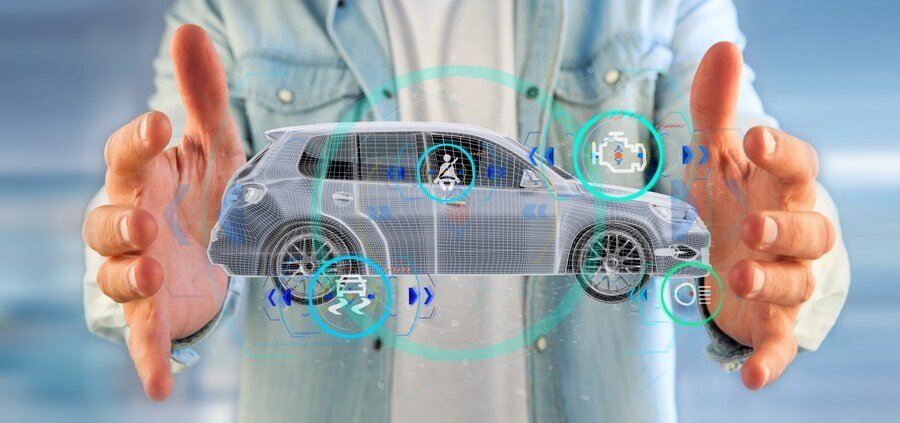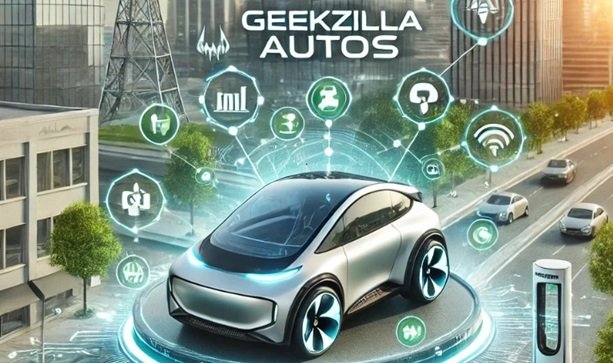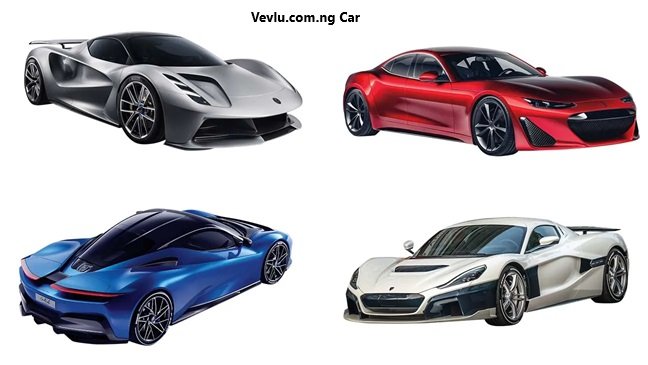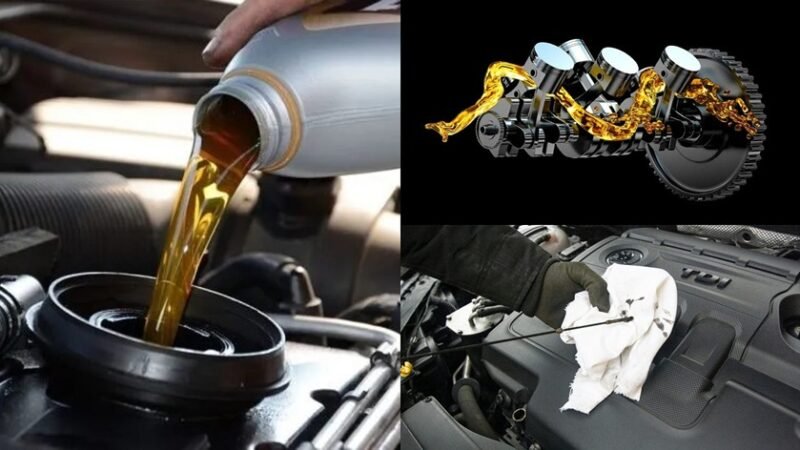The Evolution of Car Safety Features: From Seatbelts to Autonomous Braking

Car safety has come a long way since the early days of automobiles. What started with basic mechanical brakes and rudimentary seatbelts has evolved into a sophisticated array of Car Safety Features designed to protect drivers, passengers, and even pedestrians. This evolution reflects both advances in technology and a growing societal commitment to reducing road fatalities and injuries. In this article, we will explore the development of car safety features, from the introduction of seatbelts to the latest advancements in autonomous braking systems.
The Early Days of Car Safety
The first automobiles were little more than motorized carriages, with safety often taking a back seat to functionality and speed. Early cars lacked many of the features we consider essential today. Brakes were mechanical, and there were no seatbelts, airbags, or crumple zones to protect occupants in the event of a crash. As cars became faster and more widely used, the need for Car Safety Features became increasingly apparent.
Seatbelts: The First Major Advancement
One of the first and most significant advancements in car safety was the introduction of seatbelts. The first seatbelt patent was granted in the early 1900s, but it wasn’t until the 1950s that seatbelts became a standard feature in cars. Volvo engineer Nils Bohlin is credited with designing the modern three-point seatbelt in 1959, a design that remains largely unchanged today. This innovation drastically reduced fatalities and injuries in car crashes, as it kept passengers securely in their seats, preventing them from being thrown from the vehicle.
Airbags: The Next Big Leap
Following the success of seatbelts, the automotive industry continued to seek ways to protect occupants during collisions. Airbags were first developed in the 1950s, but it wasn’t until the late 1980s and early 1990s that they became standard in vehicles. Airbags work in tandem with seatbelts to cushion and protect passengers during a crash, particularly in frontal collisions. Today, most cars are equipped with multiple airbags, including front, side, and curtain airbags, which provide comprehensive protection in various types of crashes.
The Rise of Electronic Stability Control
As technology advanced, car manufacturers began to explore ways to prevent accidents from occurring in the first place. One of the most significant developments in this area was the introduction of Electronic Stability Control (ESC) in the 1990s. ESC uses sensors to detect when a car is losing control, such as during a skid and automatically applies the brakes to individual wheels to help the driver regain control. Studies have shown that ESC can reduce the risk of a fatal single-vehicle crash by up to 50%, making it one of the most important Car Safety Features introduced in recent decades.
Anti-lock Braking System (ABS): Enhancing Control
Anti-lock Braking System (ABS) was another milestone in car safety evolution. Introduced in the 1980s, ABS prevents the wheels from locking up during hard braking, allowing the driver to maintain steering control. This feature is particularly useful in slippery conditions, such as on wet or icy roads, where the risk of skidding is high. ABS has become a standard feature in modern vehicles, contributing significantly to overall road safety.
The Advent of Crumple Zones
In the 1950s, Mercedes-Benz introduced the concept of crumple zones, a significant leap forward in vehicle safety. Crumple zones are designed areas of a vehicle that absorb the energy of a collision by deforming in a controlled manner. This reduces the force transmitted to the occupants, thereby minimizing injuries. Crumple zones are now a standard feature in all modern vehicles, illustrating how engineering innovations can have a profound impact on safety.
The Integration of Advanced Driver Assistance Systems (ADAS)
The 21st century has seen the rise of Advanced Driver Assistance Systems (ADAS), which represent the cutting edge of car safety technology. These systems use a combination of cameras, sensors, and software to assist the driver in various ways, reducing the likelihood of accidents.
Adaptive Cruise Control (ACC)
Adaptive Cruise Control (ACC) is an evolution of traditional cruise control, allowing the vehicle to automatically adjust its speed to maintain a safe distance from the car in front. ACC uses radar and cameras to monitor traffic conditions and can slow down or speed up the car as needed. This feature is particularly useful in heavy traffic, where constant speed adjustments are necessary.
Lane Departure Warning and Lane Keeping Assist
Lane Departure Warning systems alert drivers when they unintentionally drift out of their lane, reducing the risk of side collisions. Lane Keeping Assist goes a step further by gently steering the car back into its lane if the driver doesn’t take corrective action. These features are especially valuable on long highway drives, where fatigue can cause a driver to lose focus.
Blind Spot Detection
Blind Spot Detection systems use sensors to monitor the areas around the vehicle that are not visible to the driver, such as the blind spots on either side. If another vehicle is detected in the blind spot, the system alerts the driver, typically through a visual or audible warning. This feature helps prevent accidents during lane changes.
Autonomous Emergency Braking (AEB)
One of the most significant advancements in recent years is Autonomous Emergency Braking (AEB). AEB systems detect imminent collisions with vehicles, pedestrians, or other obstacles and automatically apply the brakes if the driver does not react in time. This can drastically reduce the severity of a crash or even prevent it altogether. AEB is quickly becoming a standard feature in new vehicles, and its widespread adoption is expected to have a major impact on road safety.
The Future of Car Safety: Autonomous Vehicles
Looking ahead, the future of car safety is closely tied to the development of autonomous vehicles. Fully autonomous cars, which can drive themselves without human intervention, have the potential to eliminate human error, which is a leading cause of accidents. While fully autonomous vehicles are not yet widely available, many modern cars already feature semi-autonomous systems, such as Tesla’s Autopilot and General Motors’ Super Cruise. These systems can handle many aspects of driving, including steering, braking, and acceleration, but still require human oversight.
As autonomous technology continues to develop, we can expect even greater advancements in car safety. For example, future vehicles may be able to communicate with each other and with traffic infrastructure, such as traffic lights, to avoid collisions and optimize traffic flow. Additionally, advances in artificial intelligence and machine learning could enable cars to anticipate and react to potential hazards more quickly and accurately than human drivers.

Conclusion
The evolution of car safety features reflects the automotive industry’s ongoing commitment to protecting drivers, passengers, and pedestrians. From the introduction of seatbelts to the development of advanced systems like Autonomous Emergency Braking, each new safety feature has built upon the last, creating a safer driving environment for everyone on the road. As we look to the future, the advent of autonomous vehicles promises to bring even greater safety innovations, ultimately moving us closer to the goal of eliminating road accidents altogether.





